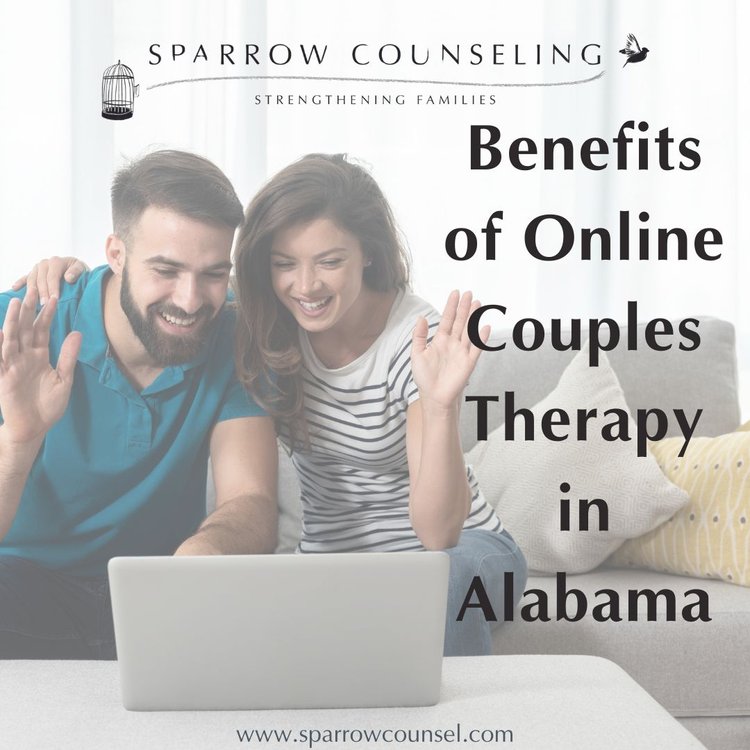All About Aim Point Counseling
All About Aim Point Counseling
Blog Article
The 45-Second Trick For Aim Point Counseling
Table of ContentsAim Point Counseling Things To Know Before You Get ThisNot known Facts About Aim Point CounselingExcitement About Aim Point CounselingThe Ultimate Guide To Aim Point CounselingThe Buzz on Aim Point CounselingOur Aim Point Counseling PDFs
The longitudinal layout includes a pre-treatment survey and 2 follow-up studies at 3- and 12-months post-intervention. The research is embeded in eight Relationships Australia Victoria centres, throughout urban, external suburban areas, and regional/rural websites. Relationships Australia, a non-government organisation, is the biggest company of pair coaching and partnership services in Australia.
These high rates of partnership break down have been consistently linked with unfavorable health consequences for both grownups and youngsters adhering to divorce/separation.
How Aim Point Counseling can Save You Time, Stress, and Money.
The impacts of divorce and splitting up can be detrimental, research indicates that high partnership discord in undamaged pairs is additionally most likely to have unfavorable results.
Study to date has determined both couple and individual aspects that may contribute to relationship dissonance. These consist of partnership satisfaction and dedication at the couple level, and anxiety at the individual degree.
The Basic Principles Of Aim Point Counseling
Relationship satisfaction has been the most common result variable recognized in even more than 200 examinations of pair counselling [11,12] Research studies have found substantial improvements in partnership fulfillment from pre- to post-treatment [13,14] and over the course of one to two years following coaching [15] In these studies, connection contentment was most frequently evaluated using the Dyadic Modification Range (DAS) [16] While many researches show improvements in partnership contentment following couple therapy, they are limited by the samples and measures made use of, largely temporary follow-up time structures, and analyses that do not account for the dyadic nature of pair data., is another commonly investigated relationship end result.
To sum up, research study indicates that couple-specific variables as well as individual factors might anticipate the end results of couple therapy and connection services. The causal instructions of these relationships, nonetheless, is less clear. These observations are crucial, because, to warrant and assist the application of relationship services such as couple therapy, empirical proof must explore both the outcomes of connection solutions and the factors that anticipate effective treatment.
There is an expanding consensus that efficacy studies ought to be matched by efficiency research study to best notify clinical method [ 29] The restricted performance study that exists to day recommends that couple coaching can enhance results such as partnership complete satisfaction [33,43], communication skills and general health [44], at the very least in some European nations.

We currently know little concerning the accounts of pairs who look for out partnership education and learning contrasted with those who look for connection counselling, or the end results of these programs. Unscientific proof suggests that there may be considerable distress amongst at least some couples looking for relationship education and learning.
The 25-Second Trick For Aim Point Counseling
Comments entails participants completing surveys concerning their connection (e.g. steps of interpersonal problems), and getting info on what their ratings suggest. Cognitive-behavioural techniques advertise changing cognitions to help with favorable partnerships. These may consist of advertising practical attributions/expectations around adverse partner practices [46] Lastly, in abilities training, pairs participate in lectures or discussions on relationship abilities, and practice these during facilitator-led activities [ 45]
These effects have lingered for as much as 4 years in some research studies [47] However, these meta-analyses highlight limitations in the existing literature on connection education. Particularly, most of researches entailed pairs from top socio-economic histories who were not experiencing high partnership discord [47,48] This sample profile may not represent clients that normally offer for partnership education.
Not known Details About Aim Point Counseling

Very little research study has examined the comparative advantages of couple coaching and connection education programs. As clients are most likely to self-select right into these solution types, it is not clear whether characteristic partnership distress profiles present to each service kind, or certainly whether there is an interaction between providing account, service kind and outcome.
(http://peterjackson.mee.nu/where_i_work#c2556)
Therefore, we have consisted of a 12-month follow-up to evaluate longer-term patterns and results.
We suggest to use multi-level statistical modelling procedures that control for the inter-dependence of pair information to examine any kind of therapy results. The details purposes of the ECC study are to: 1. Map profiles of clients looking for area agency-based pair therapy vs. partnership improvement programs in regards to socio-demographic and partnership indicators (such as relationship satisfaction, relationship dedication, social issues, and reasons for attending), in addition to wellness (such as clinical depression, general wellbeing) and health solution usage (eg.
Establish whether couple therapy and connection education services boost three- and twelve-month outcomes for relationship satisfaction, commitment, and find here depression, using analytical analyses appropriate to couple data. trauma counseling. Determine the loved one contributions of customer aspects (individual and pair) and therapy/education factors to end results at 3- and 12-months, and to sustainability of outcomes over time.
Our Aim Point Counseling Ideas
Multi-level modelling to establish pre-post differences, controlling for dyadic (pair) degree. To add to the literary works examining the performance of community-based pair therapy.
Report this page